Виджет авторизации/en: различия между версиями
Новая страница: «=== '''Widget Appearance''' === The widget uses the screenshot area as the home screen. It consists of four blocks: # Login - a rectangular area with data. Email is inserted into this line. Combine with the "login" area in the screenshot # The password is a rectangular area with data. This line contains the password. Align with the "password" area in the screenshot. # Authorize - a rectangular area that produces a button click (clicker). We combine with the...» |
Новая страница: «== '''Final result''' == Using the widget will allow the user to keep his data confidential and at the same time he will be able to use the autologin system.» |
||
| Строка 73: | Строка 73: | ||
[[File:Настраиваемы области.png|thumb|center| | [[File:Настраиваемы области.png|thumb|center| | ||
An example of displaying authorization widget areas|300px]] | An example of displaying authorization widget areas|300px]] | ||
== '''Final result''' == | |||
== ''' | Using the widget will allow the user to keep his data confidential and at the same time he will be able to use the autologin system. | ||
Версия от 15:49, 18 августа 2023
Description of the situation:
Users periodically need to upload content from their website. To access the content, they often need to go through the authorization process. To avoid manual authentication and fully automate the process, an authorization widget was created.
Widget Workflow Logic:
- To Prepare the Broadcast
- The user navigates to the authorization page and copies the URL of the page.
- On the same page, the user expands the "Login" window to full screen by pressing "F11".
- The user does the same for the "Password" window.
- Screenshots are saved on the user's device.
- The user accesses the SmartPlayer personal cabinet.
- Inside the personal cabinet, the user creates a folder for the screenshots and transfers them there.
- The user launches the widget according to the instructions and inputs the required data.
- The user logs in using the widget and can continue to showcase the content.
Note: If the user is using a laptop as their device, pressing "F11" may not result in any action. This is because, by default in their operating system, the "Function panel use" option might be enabled. In such a case, to expand the browser page, they will need to press the "Fn + F11" keys.
Widget Setup:
Widget Acquisition:
This archive is integrated into the personal cabinet. It can be added under the "Content" section, within the "Widgets" tab.
Integration takes place by dragging and dropping the archive from the repository where it's stored into the personal cabinet window.
Following this, the widget will be stored inside your personal cabinet

Creating a Broadcast
- Initially, navigate to the main panel.
- In the "Broadcasts" section, select "Create".
- In the newly opened window, go to the top of the screen and click on the "gear" icon. In the dropdown menu, set the parameters for "Width" and "Height". Click save. By default, the orientation is set to horizontal at 1920x1080.
- Click on a special icon to select the broadcasting zone.
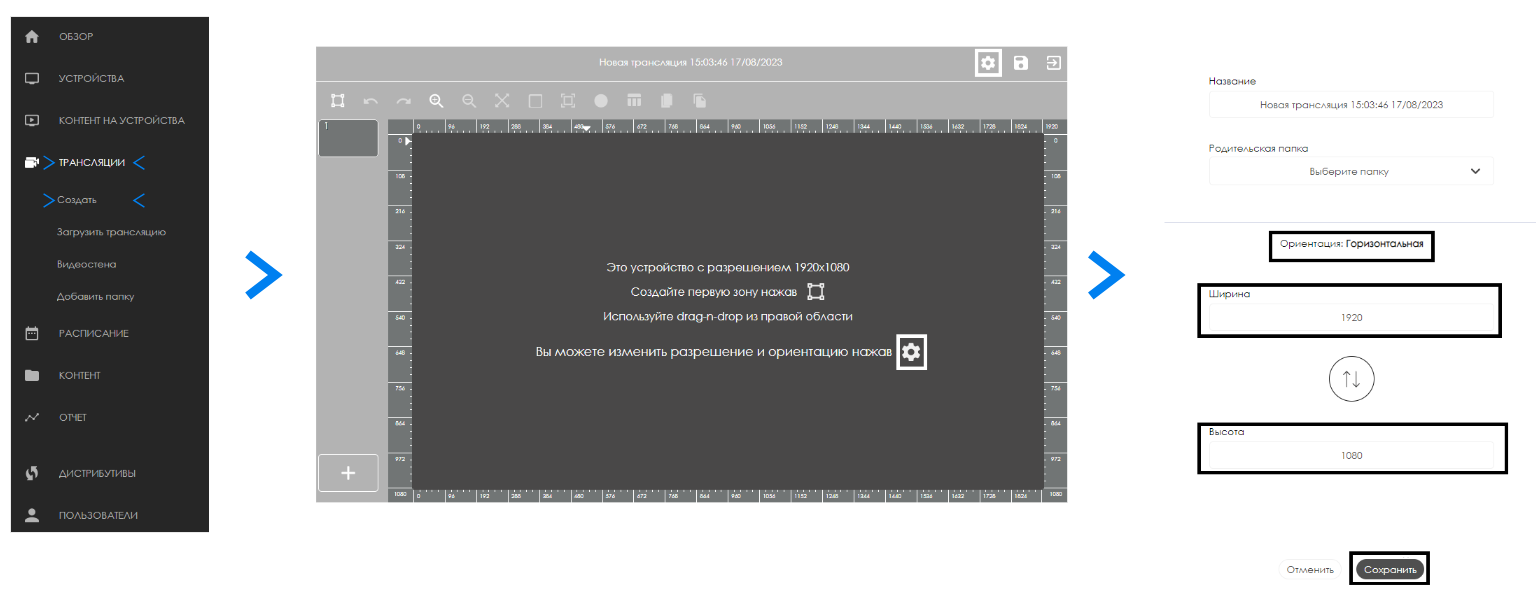

Adding a Widget:
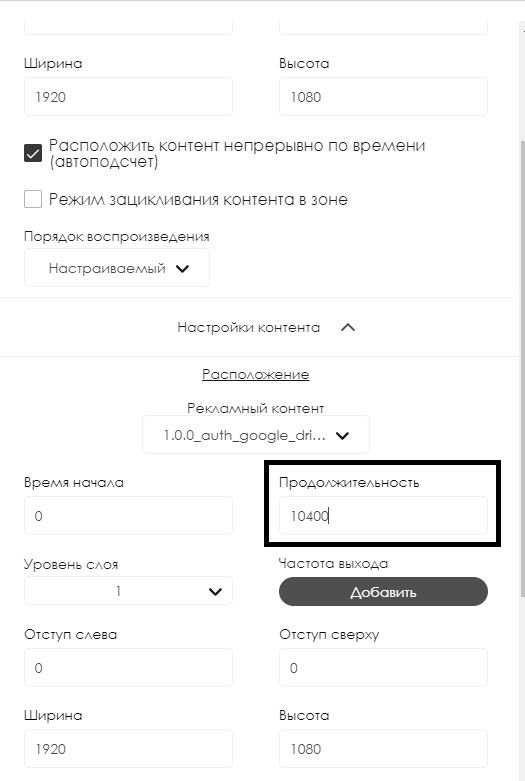
After the user has set up the broadcast, they need to add a widget..
- Click on the working field and a menu named "content" appears on the right side of the screen. This menu displays several folders with sorted content and a main folder containing all content uploaded to the system.
- The widget can be found in this list.Drag and drop it into the working field.
- Under the "Content Settings" tab on the right side of the screen, set the duration to 10400 seconds.


Screenshot Creation
In the browser, open the Google authorization page, turn on full-screen mode (F11 by default) and take a full screenshot. Next, enter the login and go to the page with the password, similarly take a screenshot of the screen. Create a separate folder in the "Content" tab and add the screenshots taken there
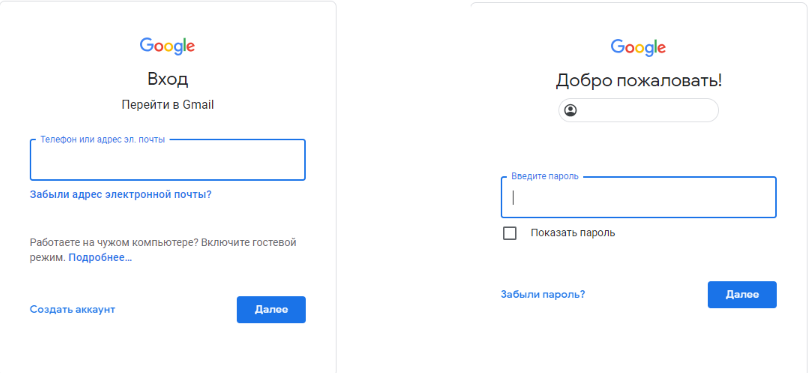
Working with the Widget
Widget Setup

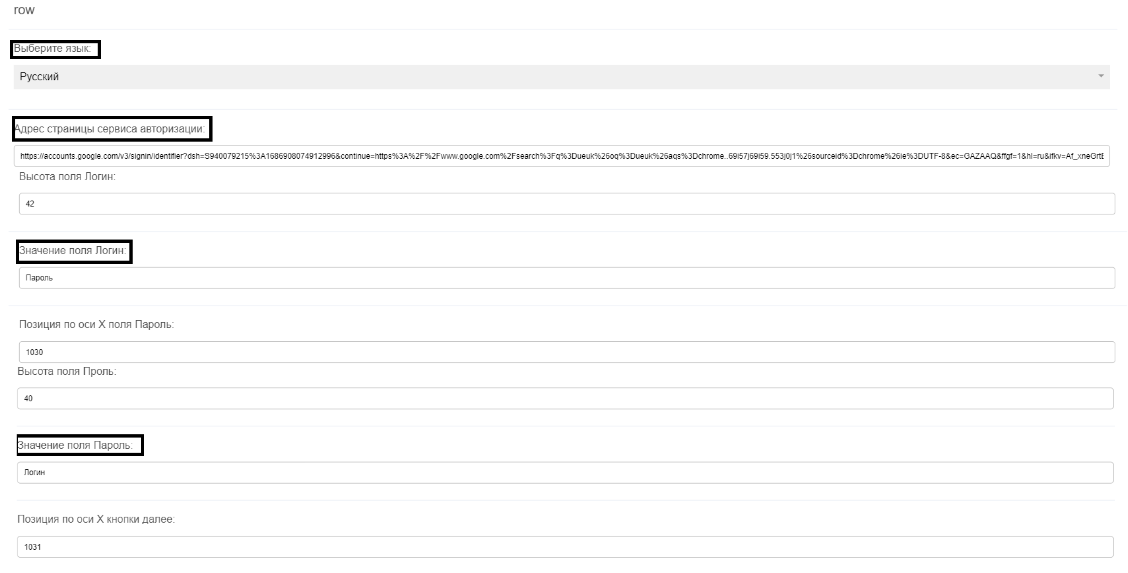
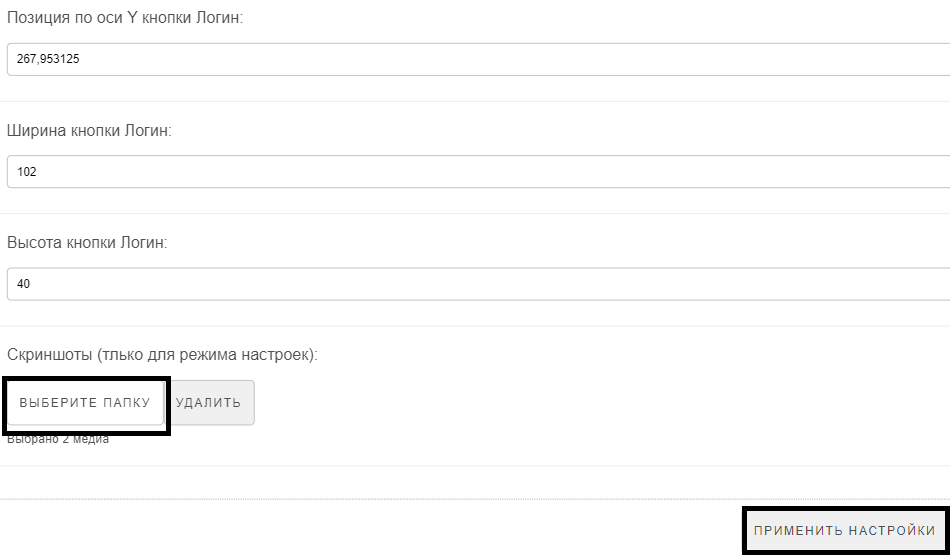
After completing all the preparatory steps, proceed to the widget settings. In the newly opened window, you will see areas of the widget that can be moved around. Click on the "gear" icon in the upper right corner to open the widget parameters window. Entering Details:
- Fill in the service's authorization page address in the "Authorization Service Page Address" section..
- Fill in the "Login Field Value" and "Password Field Value" sections. An alternative option is to fill in the data on the backdrop window.
- Scroll to the bottom of the settings page and select the folder where the screenshots are stored. Click "Save" and then "Apply Settings".
- The screenshots and the fields with the data specified in the widget settings will be displayed
- A switcher for the backdrop screenshots will appear in the bottom left.
Manipulating the Backdrops:
We select a screenshot with a login, it usually goes like "Scrennshot 1" in it we combine the contours of the "login" window and substitute it in the "login" field.
The “next” button is combined with the “next” rectangle.
Go to the next screenshot "Scrennshot 2". The "password" field is combined along the contour with the "password" window.
On the "next" button in the screenshot with the password, we substitute "Authorize".
Press the "Save" button.
Next, we give the name of our broadcast, save it and run it on the device.
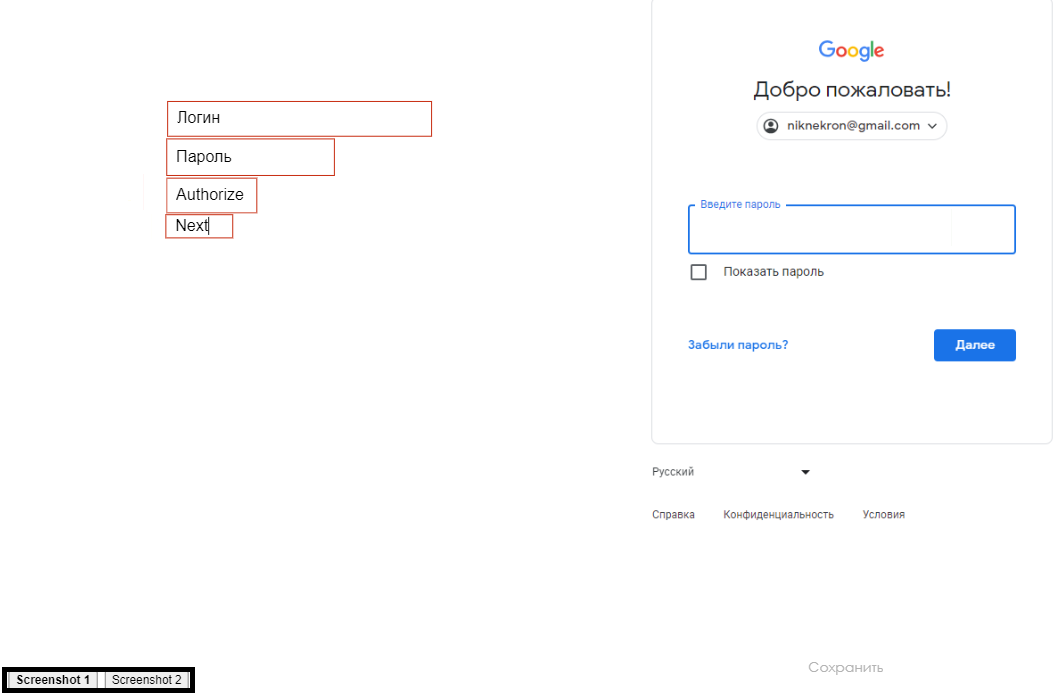
Widget Appearance
The widget uses the screenshot area as the home screen. It consists of four blocks:
- Login - a rectangular area with data. Email is inserted into this line. Combine with the "login" area in the screenshot
- The password is a rectangular area with data. This line contains the password. Align with the "password" area in the screenshot.
- Authorize - a rectangular area that produces a button click (clicker). We combine with the "authorization" button in the screenshot.
- Next - a rectangular area that produces a button click (clicker). Combine with the "next" button in the screenshot
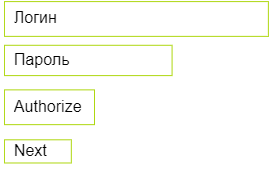
Final result
Using the widget will allow the user to keep his data confidential and at the same time he will be able to use the autologin system.